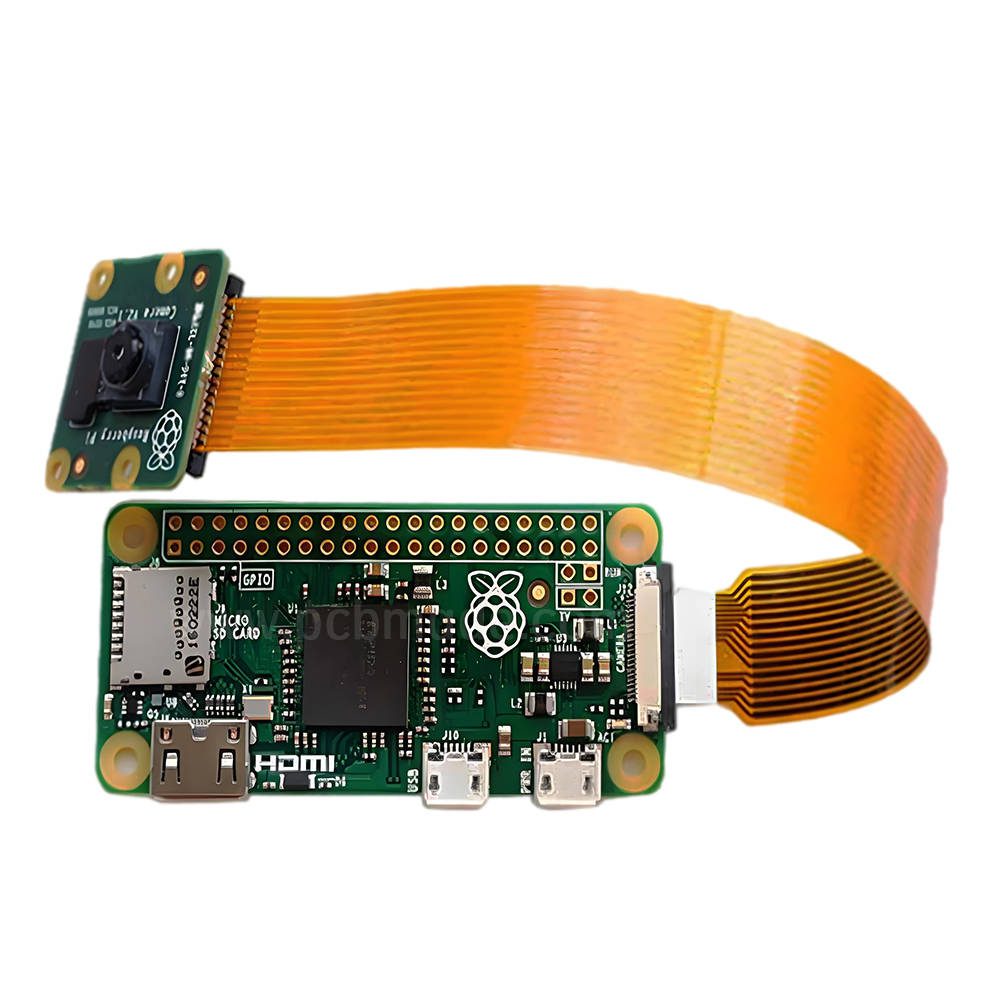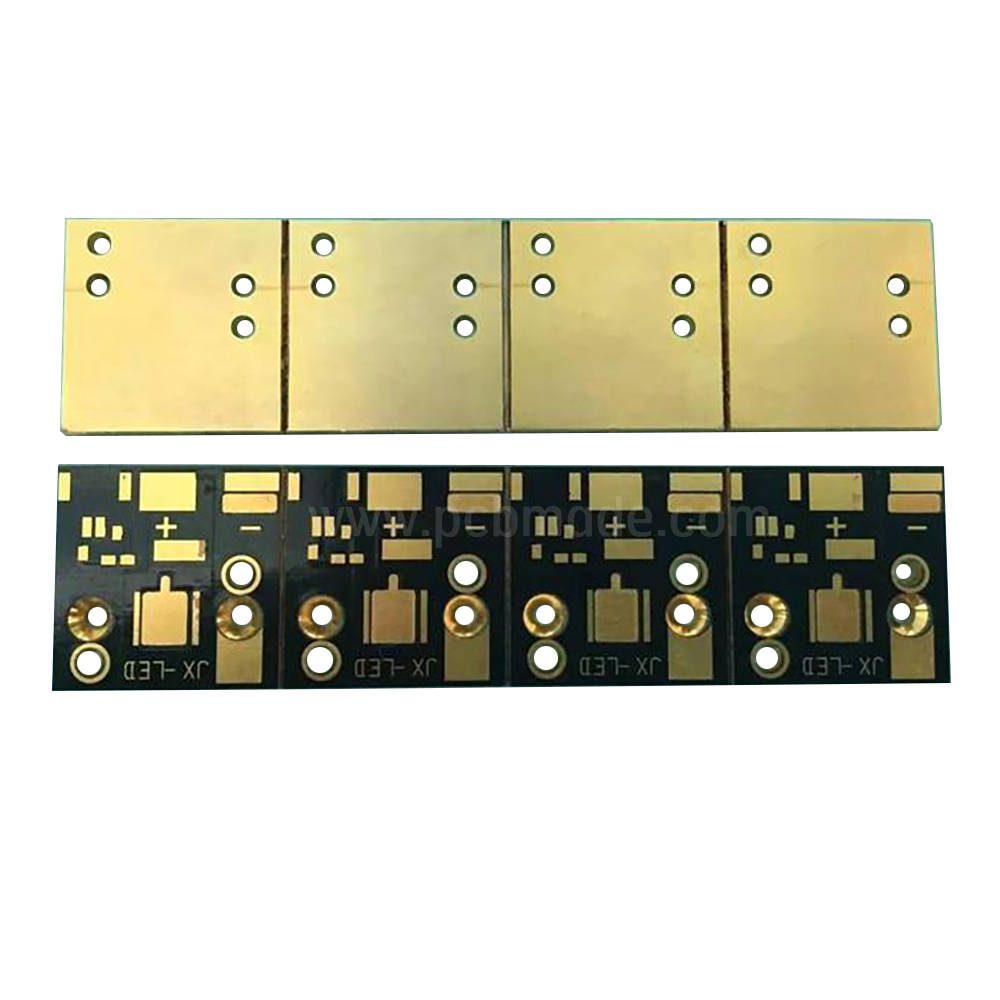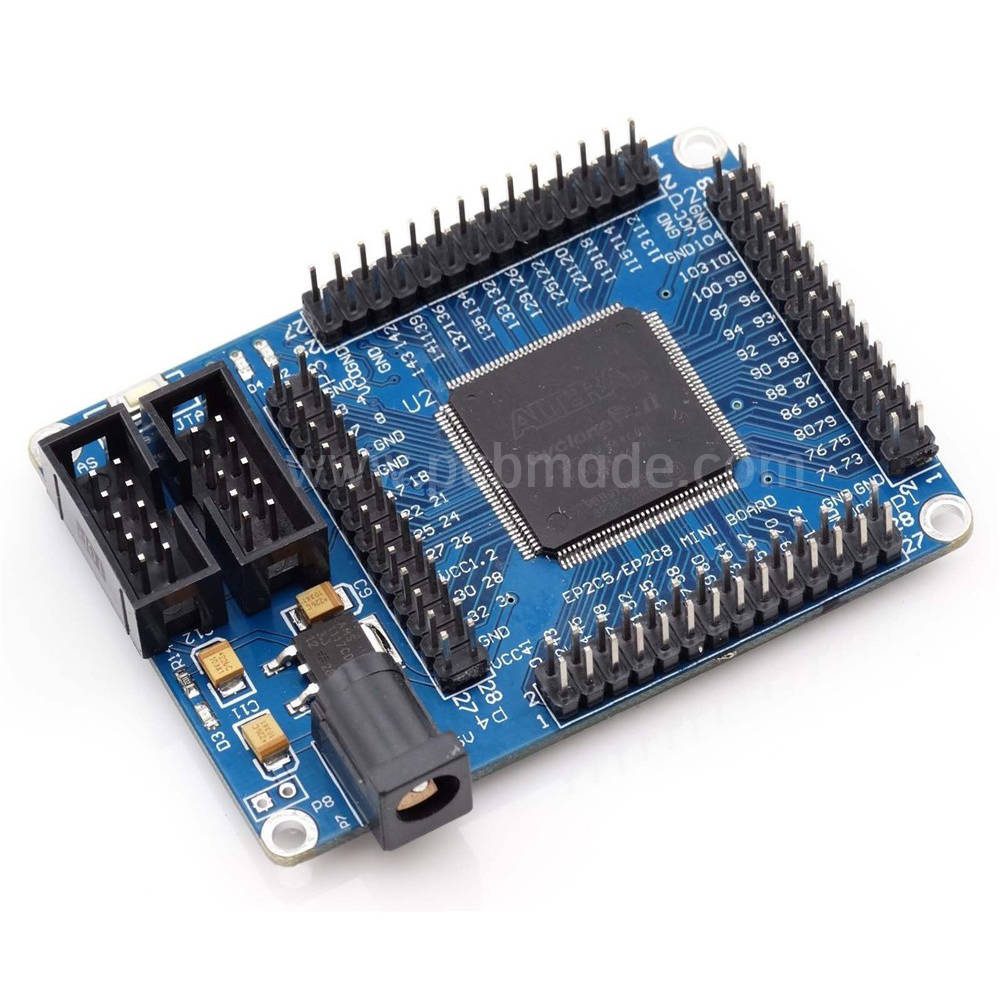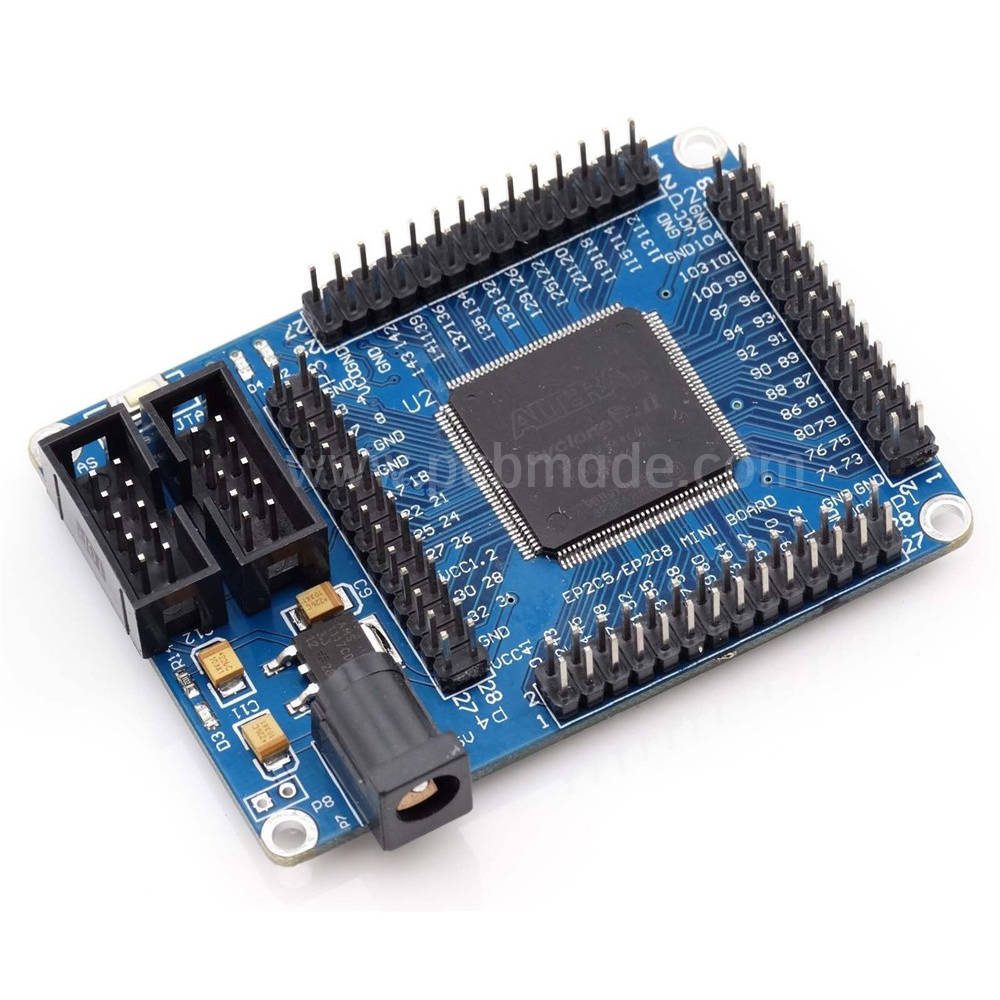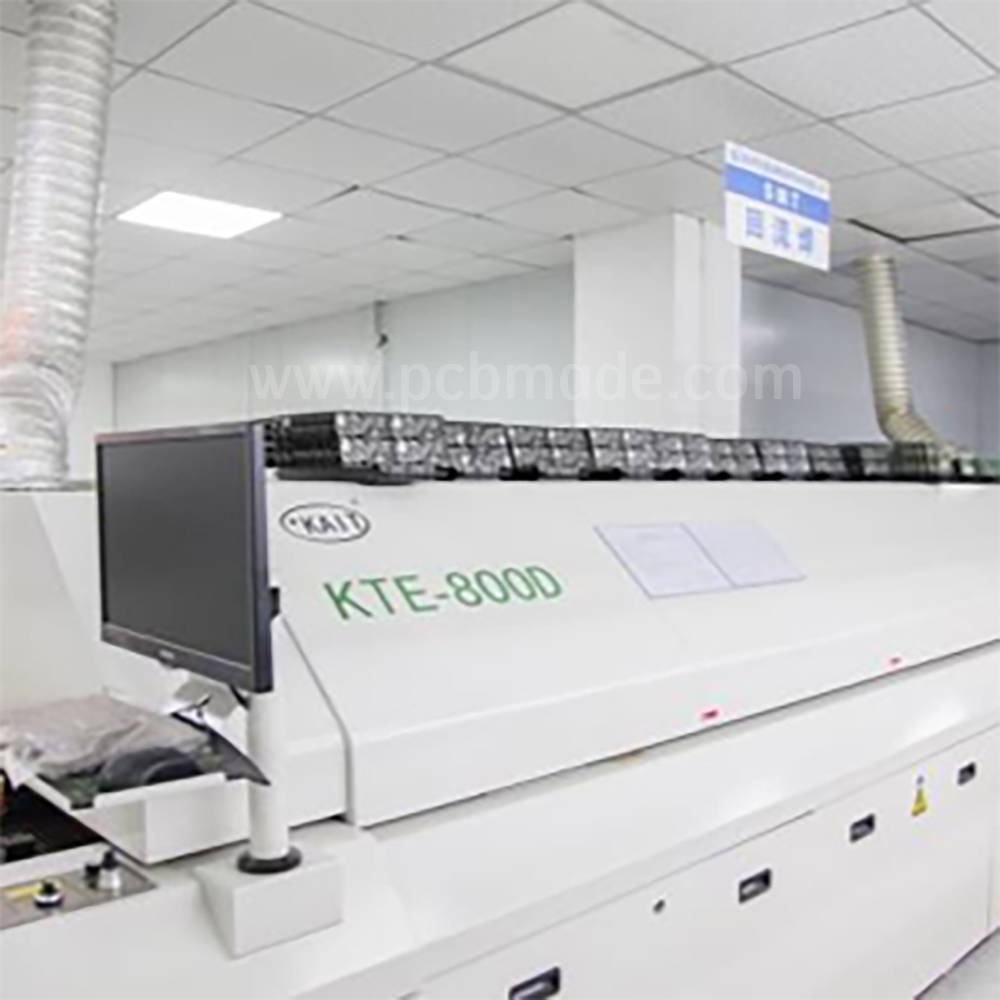一、 Overview and Importance of PCB Circuit Board
PCB circuit board is an indispensable component in electronic products, carrying the connection and signal transmission functions between electronic components. It plays a crucial role in modern electronic technology, so its quality issues directly affect the performance and reliability of the entire electronic product.
二、 Common quality issues in the manufacturing process
1. Poor welding: During the welding process, if the temperature, time, or pressure is not properly controlled, it may lead to unstable welding points, and even problems such as breakage and cold welding.
2. Improper material selection: Using low-quality substrate materials or electronic components can easily lead to a decrease in the stability and reliability of the circuit board, affecting overall quality.
3. Printing error: During the printing process, if the layout, size, or interlayer distance control of the PCB circuit board is not accurate, it may cause interference or short circuits between the circuits.
三、 Common quality issues during use
1. Unstable electrical performance: After prolonged use, the circuit board may experience unstable electrical performance due to factors such as environmental temperature and humidity, which can affect the normal operation of the equipment.
2. Improper thermal management: If the heat dissipation design of the circuit board is not reasonable during high-power operation, it may lead to excessive temperature, which in turn affects the stability and lifespan of the circuit board.
3. Poor environmental adaptability: The working environment of circuit boards is diverse, and if the circuit board cannot adapt to a specific working environment, it may lead to quality problems such as moisture, corrosion, etc.
四、 Suggestions and measures for addressing and preventing quality issues
1. Strengthen quality management: Establish a sound quality management system, starting from every link in the manufacturing process, strengthen quality control, and ensure that products meet standard requirements.
2. Optimize the process flow: By improving the welding process, material selection, and printing technology, the reliability and stability of the circuit board can be enhanced.
3. Strengthen testing and inspection: Increase the testing and inspection efforts on circuit boards to ensure that products meet quality standards before leaving the factory and reduce the occurrence of quality problems.
4. Improve design level: In the design stage of PCB circuit boards, considering different working environments and usage conditions, the structure and heat dissipation system of the circuit board should be designed reasonably to improve its adaptability and stability.
In summary, as an important component of electronic products, the quality of PCB circuit boards has a significant impact on the performance and reliability of the entire product.




